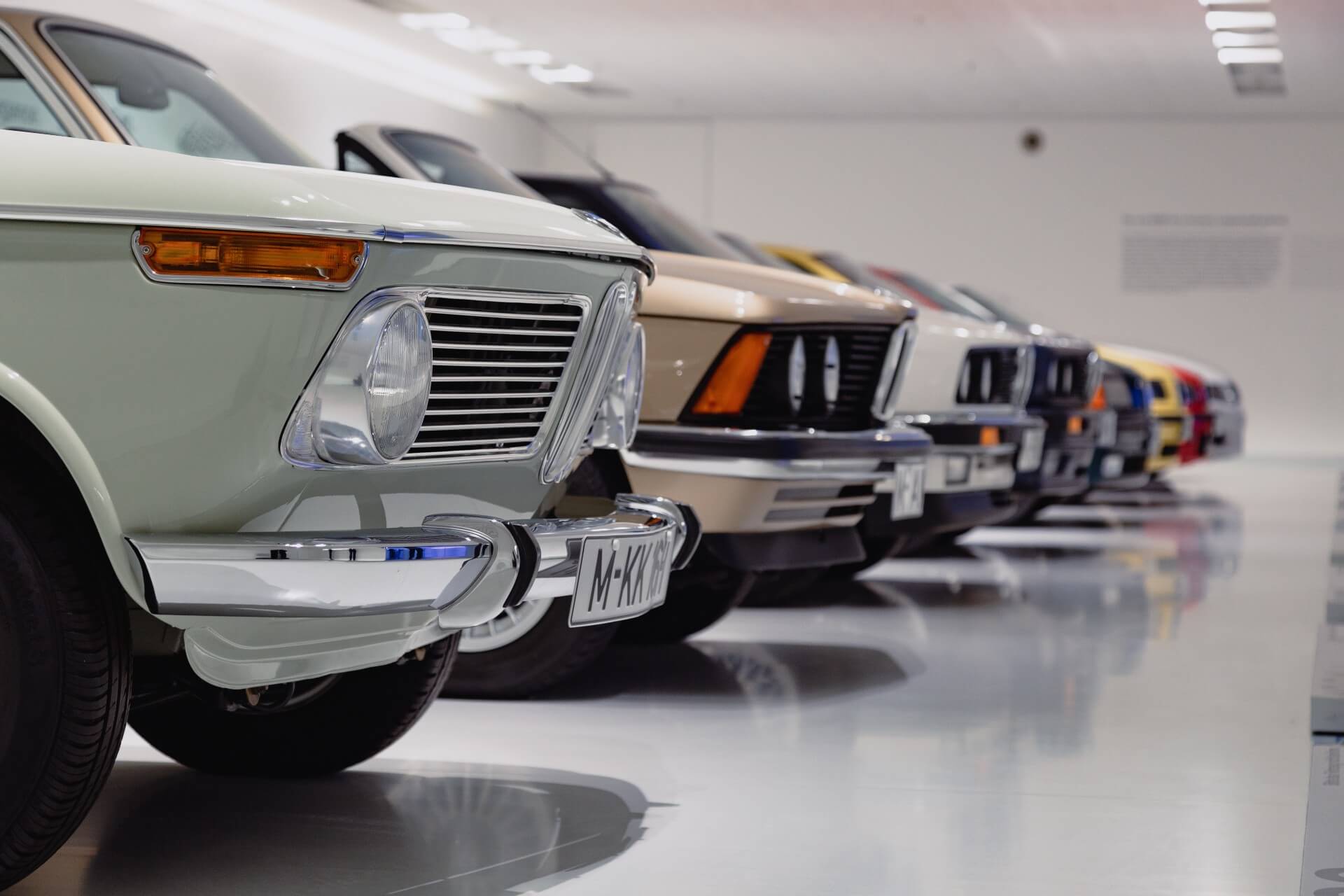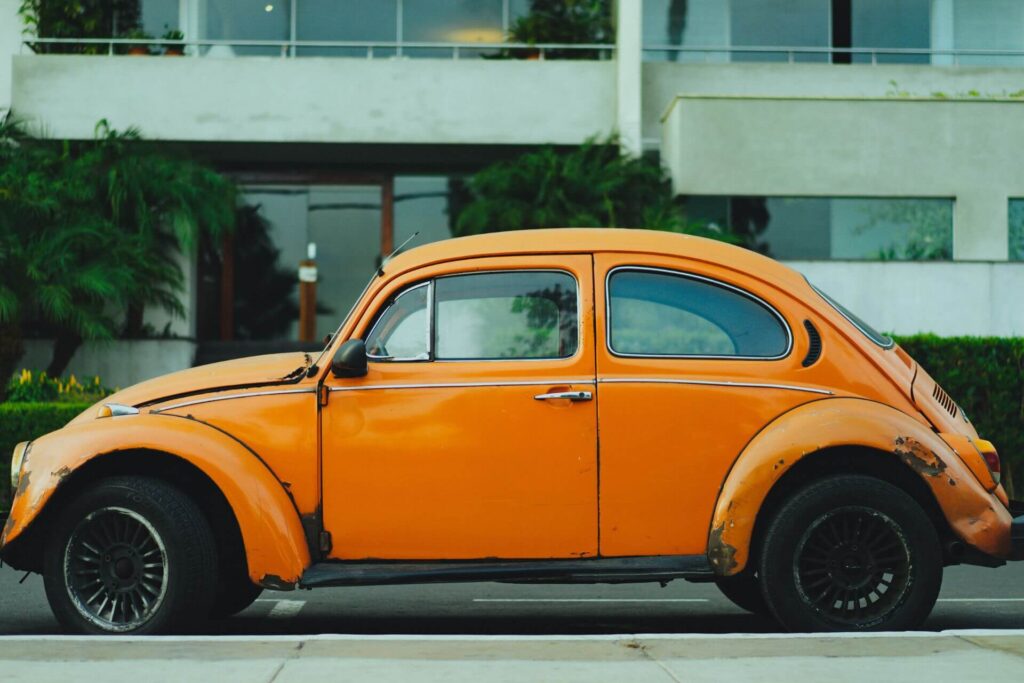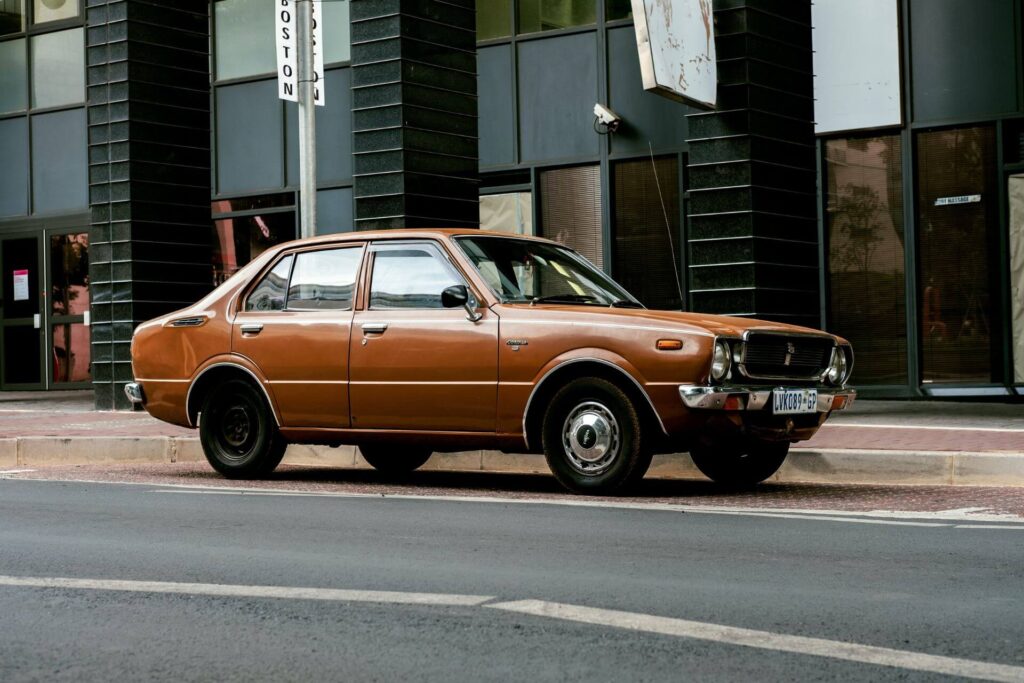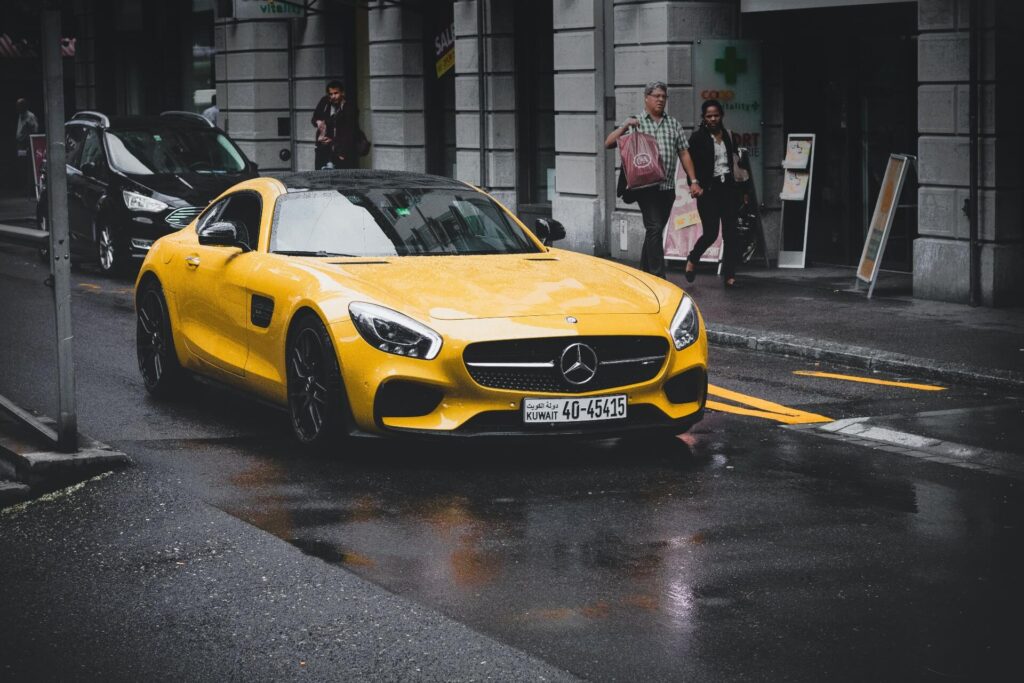What’s the Best Car Color for the Long Term? 5 Deciding Factors
Jan 18, 2024

As an Amazon Associate, Modded gets commissions for purchases made through links in this post.
Few things lend character to cars than their color. Black is synonymous with KITT — the 1982 Pontiac Trans Am from Knight Rider. Despite evolving from an unassuming Volkswagen Beetle to a gas-guzzling Chevy Camaro with black racing stripes, Bumblebee remains yellow to the core. Lightning McQueen is everyone’s favorite little red car.
Deciding on a vehicle color that suits your personality seems commonsensible. However, personal taste is subjective, so it can be unreliable when choosing a car color. Picking a hue you like matters, but enthusiasm is fleeting. If your interest in your car’s aesthetics is superficial, you may lose it sooner than expected.
What’s the Best Car Color for the Long Term?
Think about these five factors instead to be objective when making your decision:
1. Cost
Paint color can impact the cost of your car. Auto manufacturers use unique shades to market vehicles and sell them at a premium. Car brands leverage this tactic to appeal to buyers willing to pay more to drive a head-turner that makes them stand out on the road.
However, paint discolors, cracks, mars, scratches, swells, chips, chalks, edge-maps, wrinkles, dulls, pinholes, sags and blisters. It’s prone to bird etching and water spotting, too. When it’s time to repaint one or more of your automobile’s body panels, a less popular color will drive up your bill.
2. Maintenance

Some car colors are better at hiding dirt than others. The ones that naturally highlight dust require more care to look clean and new.
Dirt accumulation is less of a concern when you enjoy vehicle upkeep. If you find it a chore, you’ll hate your choice when it encourages people to draw graffiti on your pollen-covered car. You’ll have to set aside a bigger budget for car wash expenses or frequently spend more time and energy cleaning it.
Moreover, some colors do a better job of visually masking paint imperfections. An option that cloaks auto body damage — such as dents and scratches — is practical.
3. Heat Absorption
The best car color for the long term should suit your region’s weather. Colors react to sunlight differently. Those that absorb most of it will raise your vehicle’s temperature, damage its paint, and increase its need for air conditioning. Conversely, those that reflect most of the sun’s heat can help keep your car naturally cool.
Your automobile’s ability to hold or deflect the solar spectrum’s infrared rays is a big deal. Select a color that will affect your ride’s fuel economy and maintenance needs in the long term.
4. Safety
Did you know that car color correlates with accident risk? Visibility is the primary reason why this is the case. A vehicle that blends well into its surroundings is more likely to crash into another.
Another possible safety concern is police interaction. Cops tend to ticket vehicles of a particular color more often than others. This phenomenon may have more to do with popularity than psychology, so the flashiest isn’t necessarily the strongest traffic citation magnet.
Auto insurers say they ignore car colors when deciding on rates, so they pay no attention to car color-crash risk correlation statistics. A custom paint job can increase your premium since this modification is outside the standard policy coverage.
5. Resalability
Body color is one of the determiners of any vehicle’s resale value. Popular hues generate significant interest, while unusual shades may turn off buyers. Funky paint can be a deal-breaker, for it can be expensive and time-consuming.
What Is the Cheapest Color to Paint a Car?
Vehicles in these achromatic colors traditionally have unwavering demand worldwide, so manufacturers produce them in large quantities. That’s why coats of white, black, gray and silver car paint are more widely available. Therefore, they’re more affordable than specialty shades of automakers, let alone chameleon pearlescent paint whose finely ground aluminum pigments go from purple to pink, depending on the observer’s vantage point.
Which Car Color Hides Dirt Best?

Road dirt camouflages itself best with earth tones, so anything brownish. Any other color will look noticeably dirty at various degrees with grime.
What Paint Colors Hide Imperfections on Cars?
Colors that reflect sunlight well are the best regarding surface wear concealment. White is the most forgiving, silver renders minor dings inconspicuous, and gray obscures blemishes. With any of these, only those who know about your car’s cosmetic defects will notice them.
What Car Color Is Best Against the Sun?
The white and silver car paints’ solar reflectance is 0.60, so 60% of sunlight bounces off them. If you use either of them instead of black — whose solar reflectance is 0.05 — you’ll get 2% more miles per gallon due to decreased air conditioning.
Thanks to reflective coatings, dark-colored vehicles can stay cooler in the sun. They pale in comparison to the most advanced white paint, though. A 150 microns thick layer of this ultrawhite cooling paint can reflect 97.9% of sunlight and reduce outdoor surfaces by 42.8 degrees Fahrenheit below ambient temperature.
What Color Is Good for Driving?
Using white as a reference color, Australian researchers found that black is 47% more collision-prone and pink is 34% safer during dusk or dawn. During daylight hours, black’s relative accident risk drops to 12%, while orange is 11% less susceptible to crashes. Red vehicles are 10% more dangerous at night, whereas mauve cars have a 35% higher chance of reaching their destinations without clashing with others.
Furthermore, a New Zealander study discovered that silver automobiles are 50% less likely to get involved in a road accident resulting in serious injury than white ones.
What Car Color Depreciates the Least?

Regarding resale value, yellow is the best car color for the long term. Used yellow vehicles lose only 13.5% of their value after three years — 9% lower than the market average of 22.5%. If you buy a yellow coupe or a sports utility vehicle, you’ll recover 94.4% or 90.9% of what you paid for at resale, respectively.
Likewise, secondhand beige, orange and green cars depreciate less than 20% 36 months after leaving the lot. On the other end of the spectrum, three-year-old gold automobiles are the worst, becoming 25.9% cheaper on the used car market.
No Personal Bias Should Color Your Judgment
Choosing a car color should be a fun experience, but approach it with a practical mind. Although no single option is the best at everything, considering these five determining factors will help you make an informed decision.






